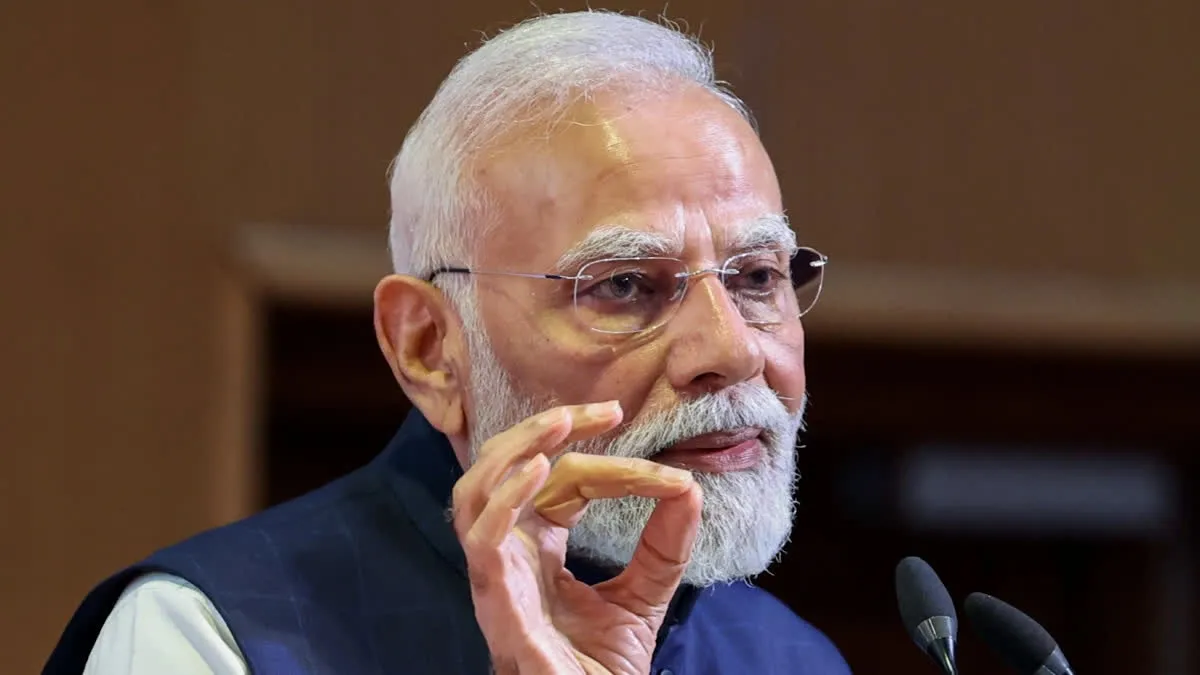

Bhubaneswar, Dec 26: In order to facilitate easier commuting for school students, the Odisha government on Friday approved free bus travel for the school goers.
The Odisha Commerce & Transport Department issued notification in this connection today.
According to the decision, the school-going students will avail free bus service on their routes instead of the provision of 50% concession in bus fare.
The Odisha government, acting on the proposal of the School & Mass Education Department, approved it under the aegis of the Mukhyamantri Bus Seva (MBS) scheme, the notification read.
Earlier, the government used to provide a 50 per cent concession on bus fare for the students that is now revised to be absolutely free.
"The Government after careful consideration has been pleased to approve the proposal of the School & Mass Education Department regarding Free Bus Travel for Students under Mukhyamantri Bus Seva (MBS) scheme in the High Level Meeting held on 21st August 2025 under the chairpersonship of Hon'ble Chief Minister on key policy decisions and implementation strategies of School & Mass Education Department," read the notification.
"In this context, to improve access to schools and reduce student dropouts due to distance, there will be a provision of free Bus Travel for Students under Mukhyamantri Bus Seva (MBS) scheme instead of 50% Concession in Ticket Fares in both Non-AC & AC Bus services for students as notified earlier. A zero ticket will be generated in the Electronic Ticket Issue Machine (ETIM) for all school students on presenting a valid Student ID card or wearing the school uniform. Accordingly, OSRTC has to make necessary modifications in the software application. The existing bus routes and bus timings will be revisited by OSRTC to include the maximum number of schools in the route," the notification added.